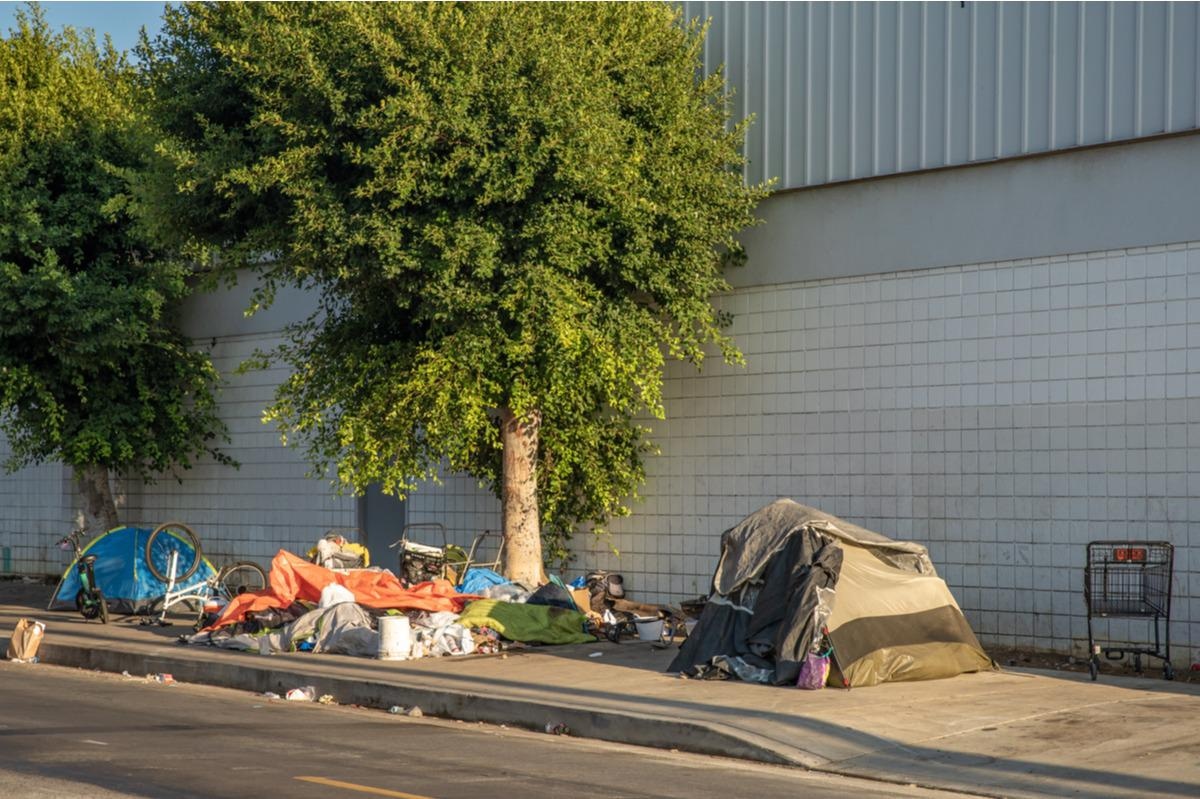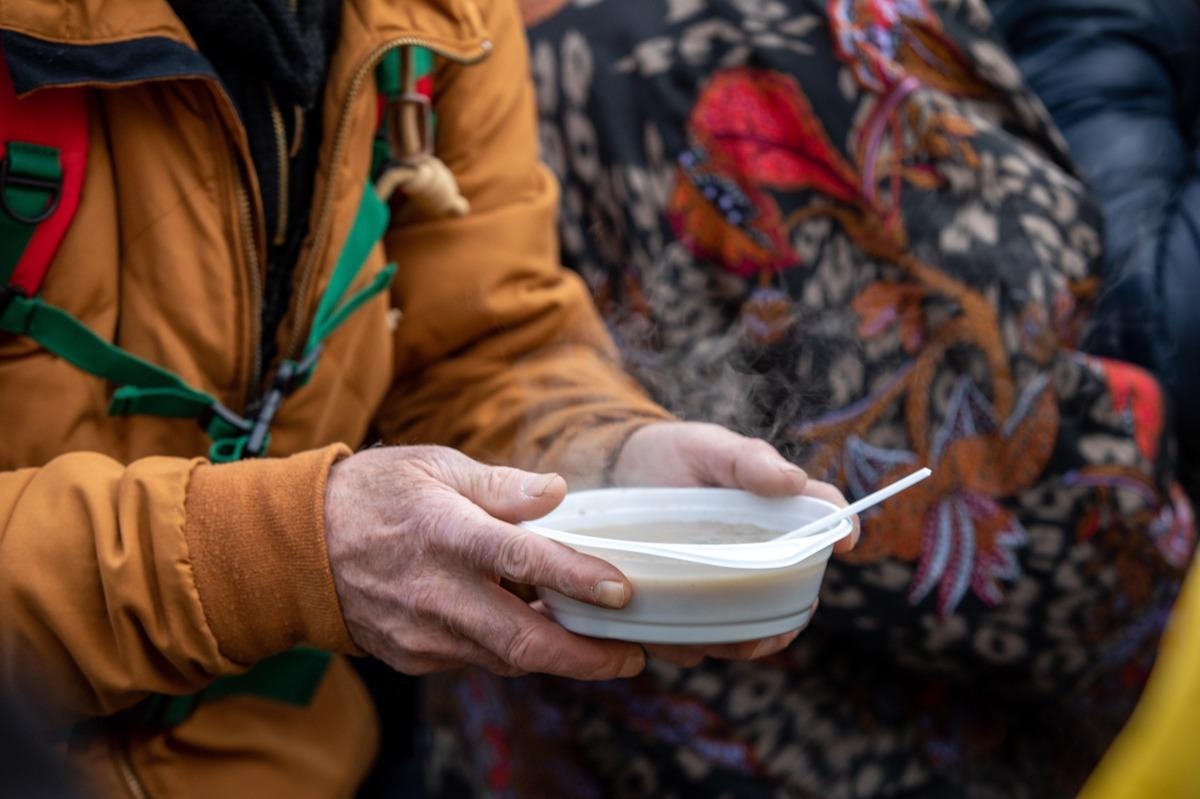The connection between homelessness and aging has been largely neglected in literature. Increasingly, in countries such as the United Kingdom, United States, and Australia, the population of the aging homeless is growing.

Image Credit: Eduard Goricev/Shutterstock.com
Indeed, aging is considered to be related or correlated with home; home is a multidimensional term that has a symbolic meaning. It can be described abstractly as the ‘extension of the self through place’. This view of a home may be true for older people with meaningful life experiences in their homes.such, older people tend to express a preference to remain in their homes despite illness, functional decline, and a shrinking social circle.
There is a range of theories that attempts to study aging and later life. Among the factors that are considered, social, economic, cultural, and political factors unknown to influence aging and can constrain the lives of older people.
Homelessness among older populations is becoming increasingly widespread across the world. It is associated with an aging population, and other compounding factors such as poverty, rising inequality, and housing costs.
What Is homelessness?
Homelessness can be described as the absence of staple, permanent, and appropriate housing, or the prospect, ability, and means for an individual to acquire it. There are several categories of people that fall under the umbrella of homelessness. Those who want one shouted or living in emergency or provisional shelters, are included, along with those who have homes, but whose housing is precarious, and must face the risk of losing their homes.
The majority of research at present focuses on younger populations; however, evidence suggests that people over the age of 50 are experiencing homelessness in countries such as the United States, Australia, the United Kingdom, and Canada. Literature has determined two trajectories for older people; (1) older people are either homeless throughout their lives and continue this pattern as they age (this is referred to chronic or episodic homelessness) or (2) older people become homeless for the first time in later life (referred to as late-life homelessness).
The majority of the research into this phenomenon has focused on chronic or episodic homelessness. However, more recent literature has shown that the second trajectory is becoming increasingly common. There is growing concern that greater numbers of homeless older people and the rising proportional representation of older people in the homeless population will present a need for long term solutions and new approaches to the homelessness epidemic.
The relationship between homelessness and health
Those who are homeless have been identified to be at greater risk of arthritis, edema, bone, and joint disorders, heart disease, eye and ear complications, skin problems, as well as the risk of injury from accidents and assaults.
In another study, 98% of people surveyed were found to need dental treatment, suggesting this is particularly difficult to access for people who are homeless. These findings corroborate more recent findings of studies that found that 56% of respondents in 2010 versus 65% of respondents in 2011 had been diagnosed with at least one physical health condition.
The effects of homelessness on the aging process and mortality
The homeless are considered to be a population of the general population who are disproportionately affected by adverse atmospheric conditions which, even in temperate climate zones, can result in overexposure to both cold and heat stress. This subsequently increases the risk of mortality. Environmental conditions are considered to be a significant independent risk factor for health and mortality. These conditions arise from specific causes, including effects on the circulatory or respiratory systems.
Moreover, the homeless population is particularly prone to exacerbating lifestyle choices, such as addictions, causing its members at large to die of different causes at a higher rate than those of the general population. All of this compounds the increased vulnerability to the influence of weather conditions.
Among the homeless population, older housed people with past experiences of homelessness are at an increased risk of mortality. This concurs with the general homeless population, who experience extremely poor health with excessive mobility and mortality relative to the population. With regards to morbidity, homeless people have multiple and tend to be complex.
The most frequently reported presentations include alcohol and drug dependence as well as mental illness. Moreover, geriatric conditions such as functional, cognitive, and sensory impairments and frailty are common in the aging homeless population.
Generally, anyone above the age of 50 with a prolonged experience of homelessness is considered to be vulnerable to many of the physical and psychological health problems associated with older age.

Image Credit: wjarek/Shutterstock.com
A study conducted in San Francisco examined homeless adults for early signs of Alzheimer's disease and other neurodegenerative brain disorders have better revealed the interplay between these conditions and homelessness. This study followed 350 people who were homeless and aged 50, with a median age of participants of 58 years.
Research has found that this population experienced greater difficulty bathing, dressing, and eating, compared to 80-year-olds who were housed. Moreover, the aging homeless were more prone to facing difficulty adhering to medication, managing money, using transport, applying for benefits and jobs, and sourcing a lawyer. Moreover, this group had increased rates of cognitive and visual impairment as well as urinary incontinence and were more likely to experience depression.
This demonstrates that older homeless adults living in shelters have higher rates of geriatric conditions which may subsequently increase their risk for acute care. These findings are consistent with earlier research not demonstrating that geriatric conditions are common in an aging homeless population.
Conclusion
In general, an aging homeless experienced adult population tends to experience a high prevalence of symptoms across several dimensions carriage easing create physical, psychological, social, and existential symptoms.
To better inform interventions among homeless adults, particularly those who are aging, the prevalence and severity of symptoms will need to be described in greater detail through further studies, and their associations between sociodemographic characteristics, life and health conditions, health-related behaviors, and other symptom domains elucidated.
References:
- Patanwala M, Tieu L, Ponath Cet al. (2018) Physical, Psychological, Social, and Existential Symptoms in Older Homeless-Experienced Adults: An Observational Study of the Hope Home Cohort. J Gen Intern Med. doi:10.1007/s11606-017-4229-1.
- Hurstak E, Johnson JK, Tieu L, et al. (2017) Factors associated with cognitive impairment in a cohort of older homeless adults: Results from the HOPE HOME study. Drug Alcohol Depend. doi: 10.1016/j.drugalcdep.2017.06.002.
- Brown RT, Hemati K, Riley ED, et al. (2017) Geriatric Conditions in a Population-Based Sample of Older Homeless Adults. Gerontologist. doi:10.1093/geront/gnw011.
Further Reading
Last Updated: Jan 20, 2022